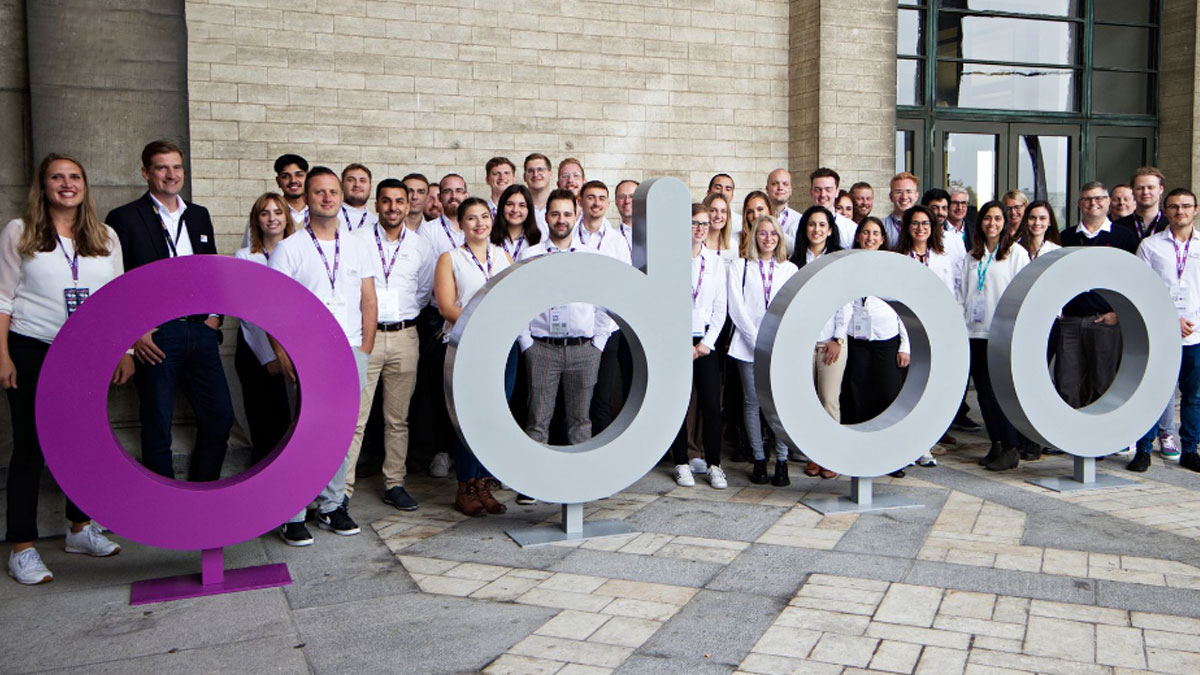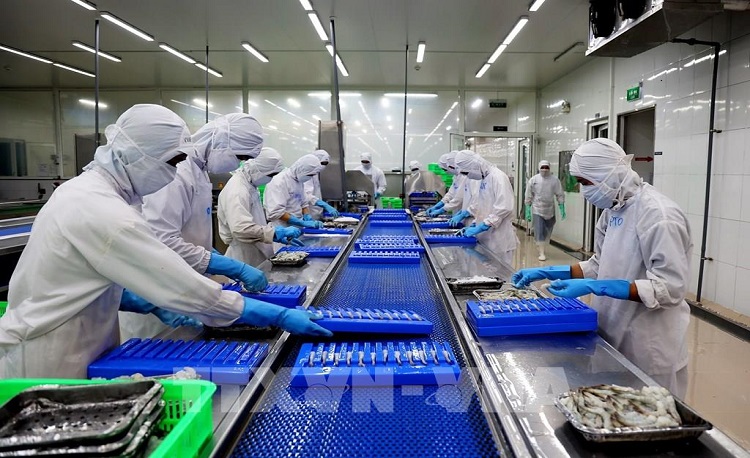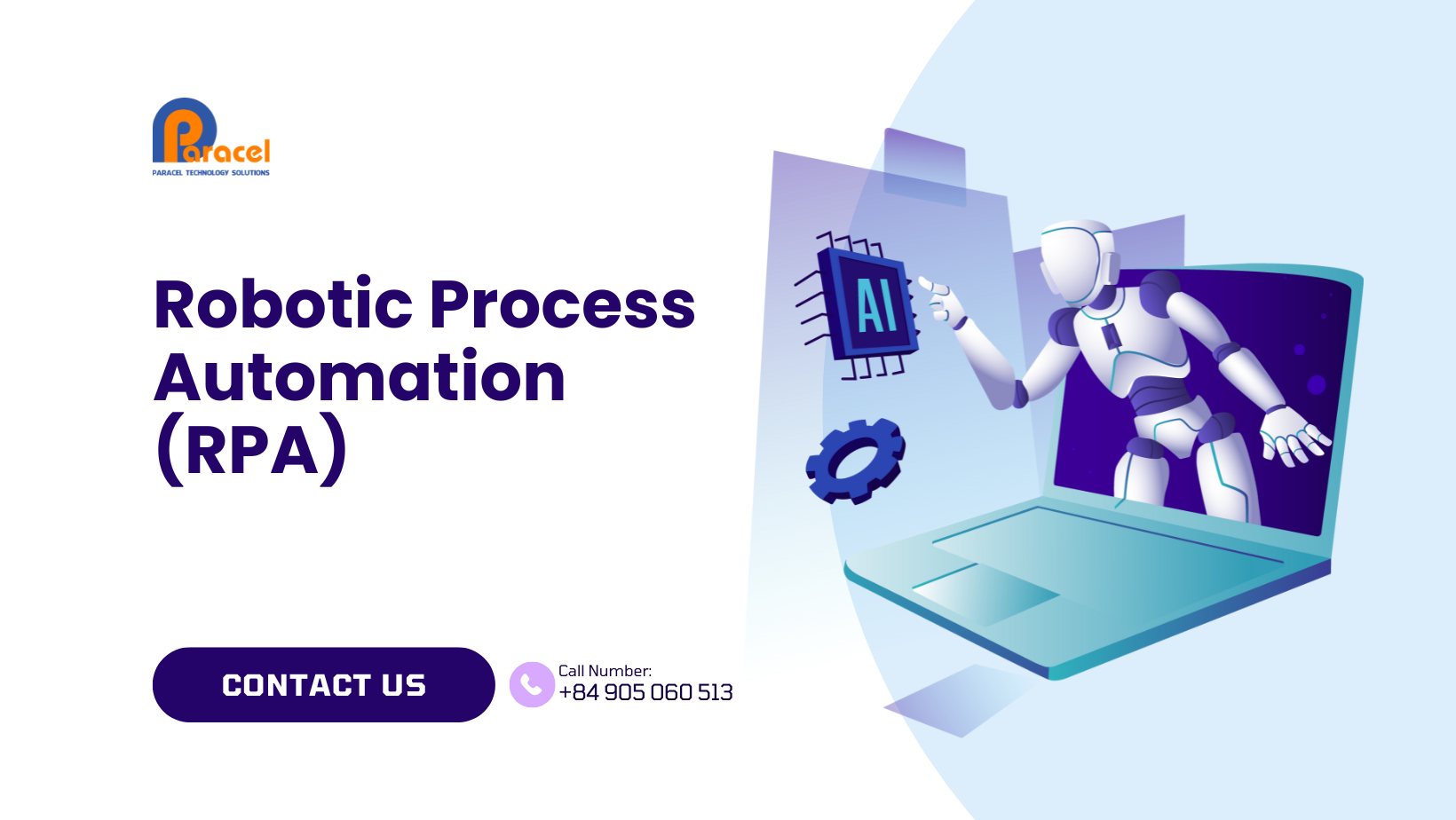Odoo proudly boasts over 1000 diverse functional modules, ranging from sales, purchasing, accounting, and inventory management to HR, and project management. One of the standout features in the development of Odoo is the flexibility to customize these modules to meet the unique management needs of each organization. Because of this, Odoo is recognized as a comprehensive management solution, synchronizing all aspects of management within a single system.
With its impressive achievements, Odoo attracts over 1000 downloads/installations every day and has more than 7 million users worldwide. Are you interested in delving deeper into the development journey and the founders behind Odoo’s success? Let’s explore the details about Odoo with Paracel in the following article!
I. History of Formation and Development of Odoo
1. The Genesis of Odoo
Odoo originated from the aspiration to lead the enterprise management market with completely open-source software, initiated by founder Fabien Pinckaers. The goal Fabien Pinckaers aimed for was to surpass the giants in the industry, notably SAP.
In 2005, the product TinyERP began its development. In preparation for the official launch of TinyERP in 2006, Fabien Pinckaers purchased the domain name SorrySAP.com. He kept this domain name silent for 6 years, waiting for the right time to use it.
To turn the dream into reality, the founder of Odoo worked diligently, 13 hours a day, 7 days a week, with no holidays for 7 years. Three years later, Fabien Pinckaers realized that he couldn’t change the world if he was only known as a small software company. Therefore, TinyERP was renamed OpenERP.
Thanks to the relentless efforts of Fabien Pinckaers and the team, OpenERP had dozens of new modules. Fabien Pinckaers was very happy to see the open-source community growing, and he could also pay all the employees at the end of each month without worrying (something he had struggled with for many years).
In 2010, Fabien Pinckaers owned a company with over 100 employees. However, the software was still not highly rated. Therefore, Fabien Pinckaers needed to continue improving OpenERP.
2. The Development Process and Brand Positioning of Odoo
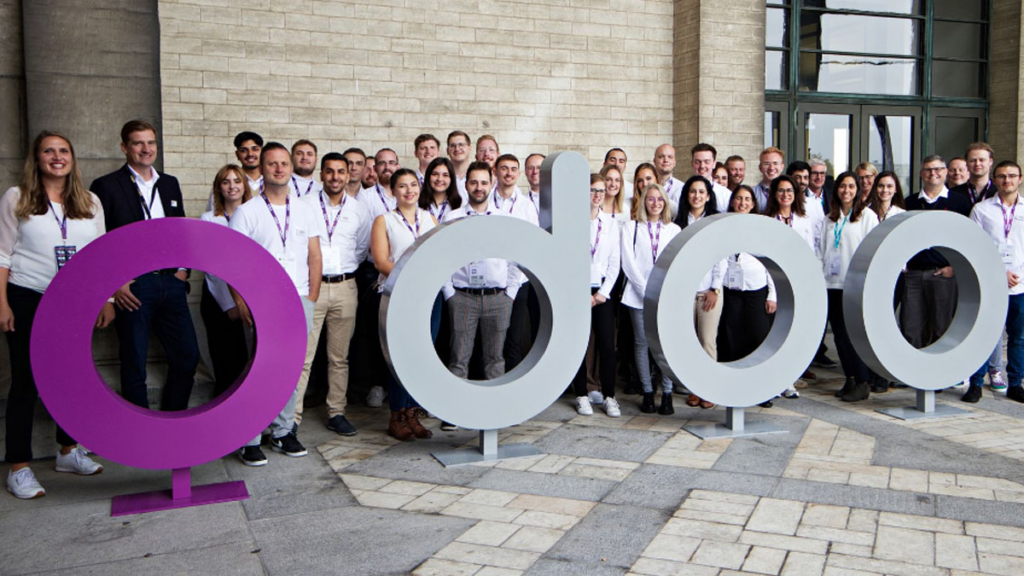
A Risky Transformation
In the course of research and development, Fabien Pinckaers made the bold decision to shift the business model from providing services to software production. This led OpenERP to temporarily halt its existing services and focus on building a partner network and providing maintenance packages. Despite consuming significant resources, Fabien Pinckaers proved that this was a worthwhile investment.
After persuading investors, Fabien Pinckaers received 10 investment proposals. He chose Sofinnova, a leading venture capital firm in Europe, and signed a €3 million investment contract. However, he was unaware of the hidden risks. According to the contract, Fabien Pinckaers had to ensure revenue of €9.8 million over the next 4 years.
Fortunately, before signing the contract, Fabien Pinckaers’ wife discovered an inconsistency in the agreement. The guarantee would be taxed at 12.5% on the €9.8 million, meaning Fabien Pinckaers would have to pay €1.2 million in taxes over 18 months. If not detected, he could have faced significant tax debt.
Therefore, Fabien Pinckaers adjusted the contract and received a €3 million investment. With this amount, he was able to recruit a development team and realize his dream in a shorter time frame.
The Great Progress of Odoo
In 2013, OpenERP reached over 2 million users worldwide with more than 1,000 new users installing the software every day. Notably, analysts from the Big 4 also began to favor OpenERP over SAP.
2014 marked a significant development when Fabien Pinckaers decided to rename the OpenERP software to Odoo. This was not just a simple name change but also an expansion of Odoo beyond the traditional ERP concept. Odoo introduced Version 8 with numerous impressive improvements, notably the integration of over 3,000 modules that are easy to customize. This allowed users to install and deploy ERP systems freely, without any restrictions on processes.
However, Odoo still faced many significant challenges that Fabien Pinckaers had to overcome to maintain its leading position. Therefore, in 2014, he continued to invest $10 million to develop stronger marketing and sales strategies.
In addition to developing additional modules for sales, accounting, inventory management, and procurement, Odoo also expanded into new markets by investing in the development of its own CMS and eCommerce systems.
According to Capterra, from being a “small player,” Fabien Pinckaers’ Odoo ERP has become the leading ERP software in the world – a true giant.
3. Current Leadership Team

Currently, Odoo has a leadership team consisting of 4 key members:
- Fabien Pinckaers – CEO: Fabien Pinckaers is not only the founder but also the leader with a broad vision. From the early days of Odoo, Fabien has been actively involved in software development, marketing, and customer experience strategies.
- Antony Lesuisse – CTO: Antony is responsible for supervising over 200 in-house developers and more than 2,000 developers from the community. He ensures that the software development process is efficient and meets the highest quality standards.
- Alessandro Mazzocchetti – CFO: Alessandro oversees the company’s financial, legal, and human resources areas. With many years of international experience, Alessandro plays a crucial role in making the numbers understandable and meaningful.
- Sébastien Bruyr – CCO: Sébastien’s daily goal is to provide the most suitable and user-friendly solutions for customers. Currently, Sébastien is responsible for over 600 new deployment projects each year and manages Odoo’s direct and indirect distribution channels.
4. Prospects of Odoo
Odoo is considered a comprehensive solution capable of meeting all the management needs of businesses. With an incredibly diverse range of applications, including over 1000 functional modules and flexible customization capabilities, Odoo meets every business requirement. There have been significant strides in providing management solutions, and Odoo continues to grow and achieve many successes:
With over 1,000 installations per day, Odoo has become the most widely used management software globally. Analysts from Big 4 firms have begun to prefer Odoo over SAP. Currently, OpenERP is mandatory software in the curriculum of students in France, similar to Word, Excel, and PowerPoint. Every month, about 60 new modules are released evidence of Odoo’s continuous development. By 2023, Odoo had over 7 million users worldwide, demonstrating the significant influence of this platform in the business community.
II. Development of Odoo: Honors and awards
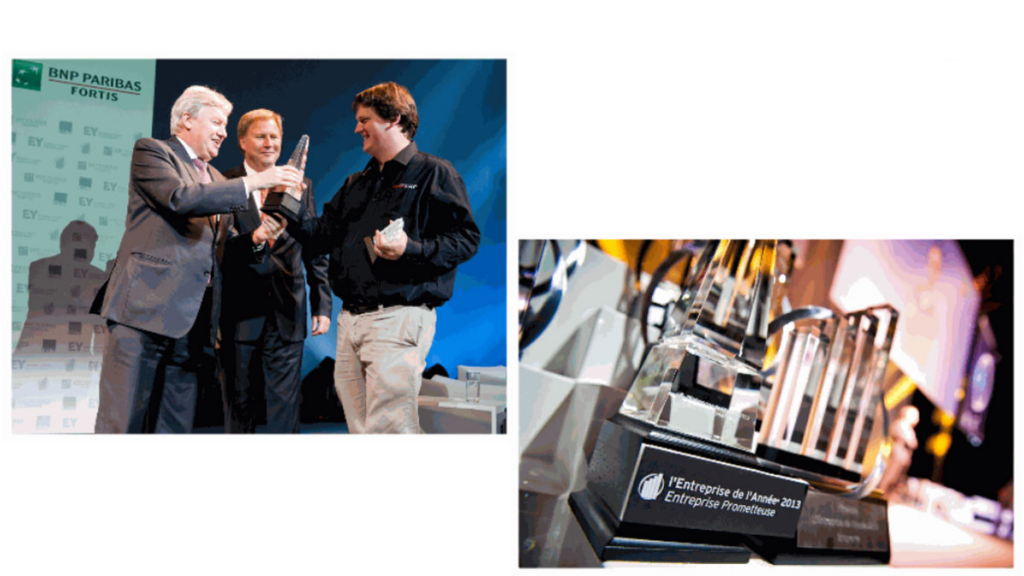
The achievements and awards Odoo has received include:
- 2010: INSEAD Young Entrepreneur Award.
- 2012: Odoo was recognized as the top-ranked Belgian company at the Deloitte Technology Fast50 Benelux Awards, with a growth rate of up to 1,549% over the past 5 years.
- 2012: Bossie Award for Best Open Source Solution.
- 2013: Trends Gazelles Award.
- 2013: Linux New Media Award for the best open-source solution compatible with European accounting systems.
- 2013: Bossie Award for Best Open Source Solution.
- 2013: L’Entreprise Prometteuse Award by Ernst & Young.
- 2015: Bossie Award for Best Open Source Solution.
- 2015: Fabien Pinckaers was voted the Best Senior Manager of the Year by Le Soir.
- 2018: Odoo won the Trends Gazelle Award in the category of small and medium-sized enterprises.
- 2020: Honored as the Deal of the Year by Trends-Tendances.
- 2021: Fabien Pinckaers was voted the Best Manager of 2020 by Trends-Tendances.
III. Explore Odoo ERP Versions
1. Odoo Community (Odoo Community)
In today’s market, ERP systems are divided into two main types: open-source software and proprietary software. Proprietary software refers to systems built from encrypted source code and not publicly disclosed, while open-source software (community) refers to IT systems with open-source and free code provided on the market. With open source, businesses can access and customize the system source code as desired without the need to pay licensing fees. They can also seek support from IT partners to deploy the software.
In 2005, Fabien Pinckaers – the founder of Odoo, released the Odoo Community version (formerly known as TinyERP), aiming to provide free software capable of changing the business market. Odoo’s suite of business applications has benefited thousands of businesses in various fields, from sales (point of sale, CRM, PoS) and business operations (inventory, procurement, manufacturing) to human resource management and other utility tools.
2. Odoo Enterprise (Odoo Enterprise)
In 2015, Odoo introduced the Odoo Enterprise version as an exclusive ERP software solution. Instead of just providing an open-source platform and support services, this version was developed to help businesses optimize their business models through additional licensed features and modules.
This transition aims to address two main challenges that Odoo is facing. One of them is to generate stable revenue to ensure continued growth. This is because new customers often only agree to pay for deployment support services in the early years, and then do not renew the service when everything is running smoothly. Furthermore, the open-source ERP software market is developing rapidly due to competition and customer expectations. To maintain competitiveness, the Odoo Community version needs to provide upgrades and superior features compared to other open-source versions on the market. Therefore, developing the Odoo Enterprise version is crucial, not only to attract developers but also to boost research and product development activities.

